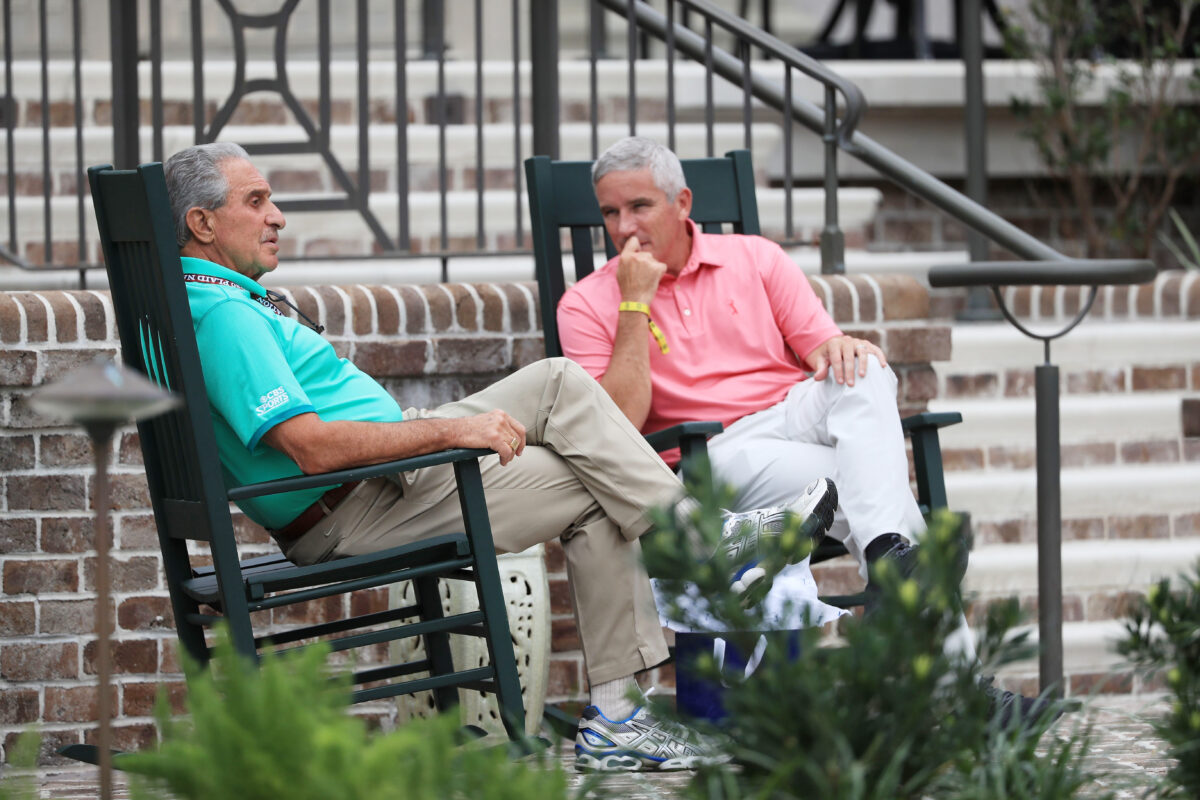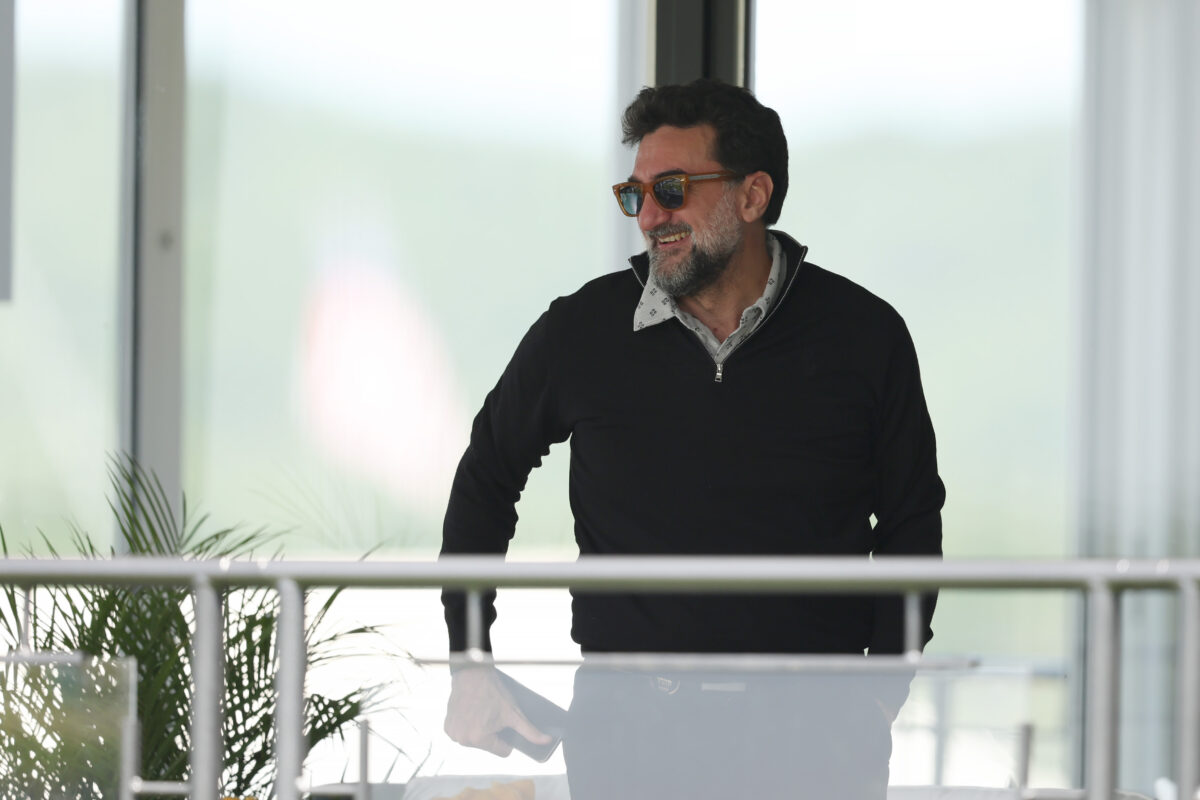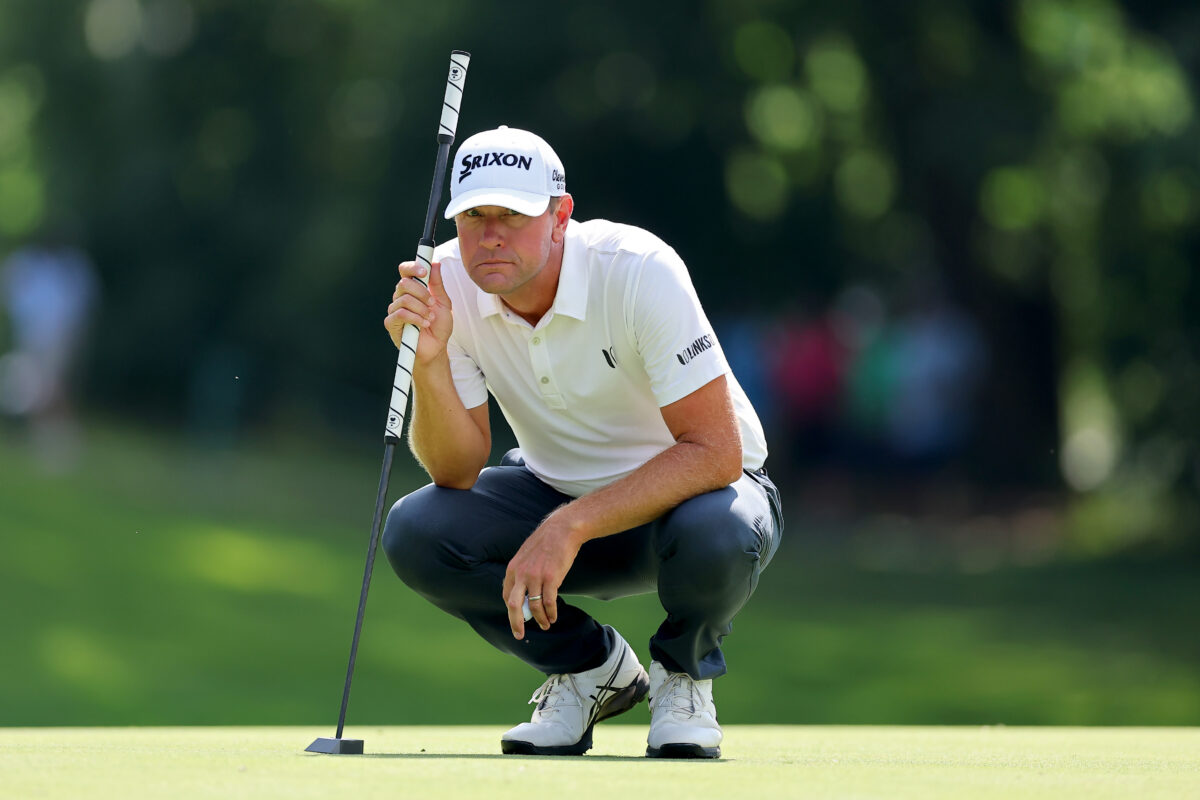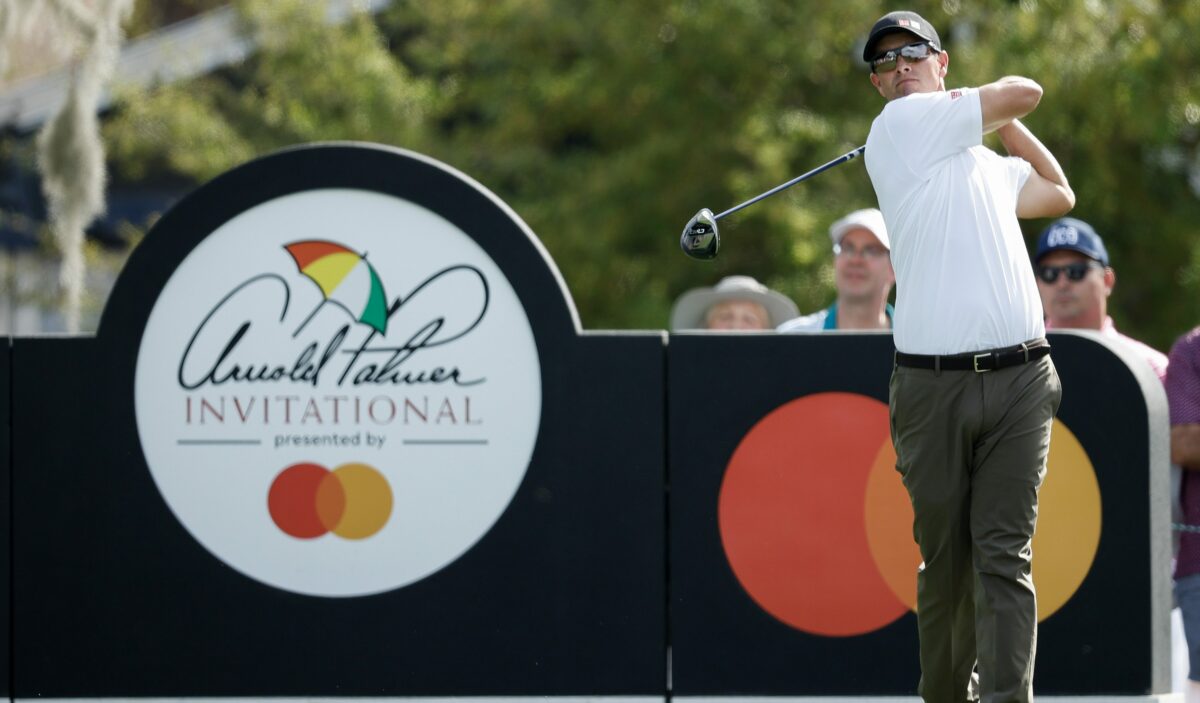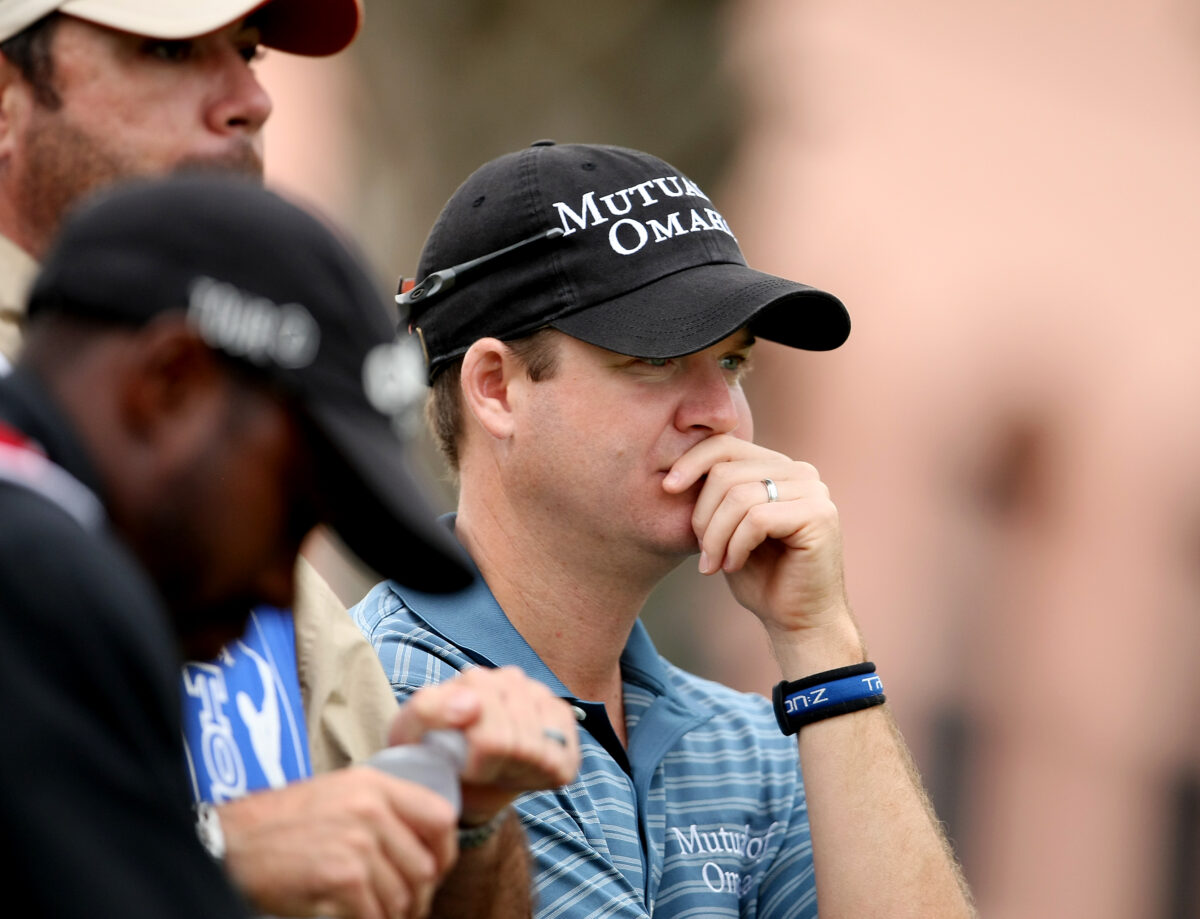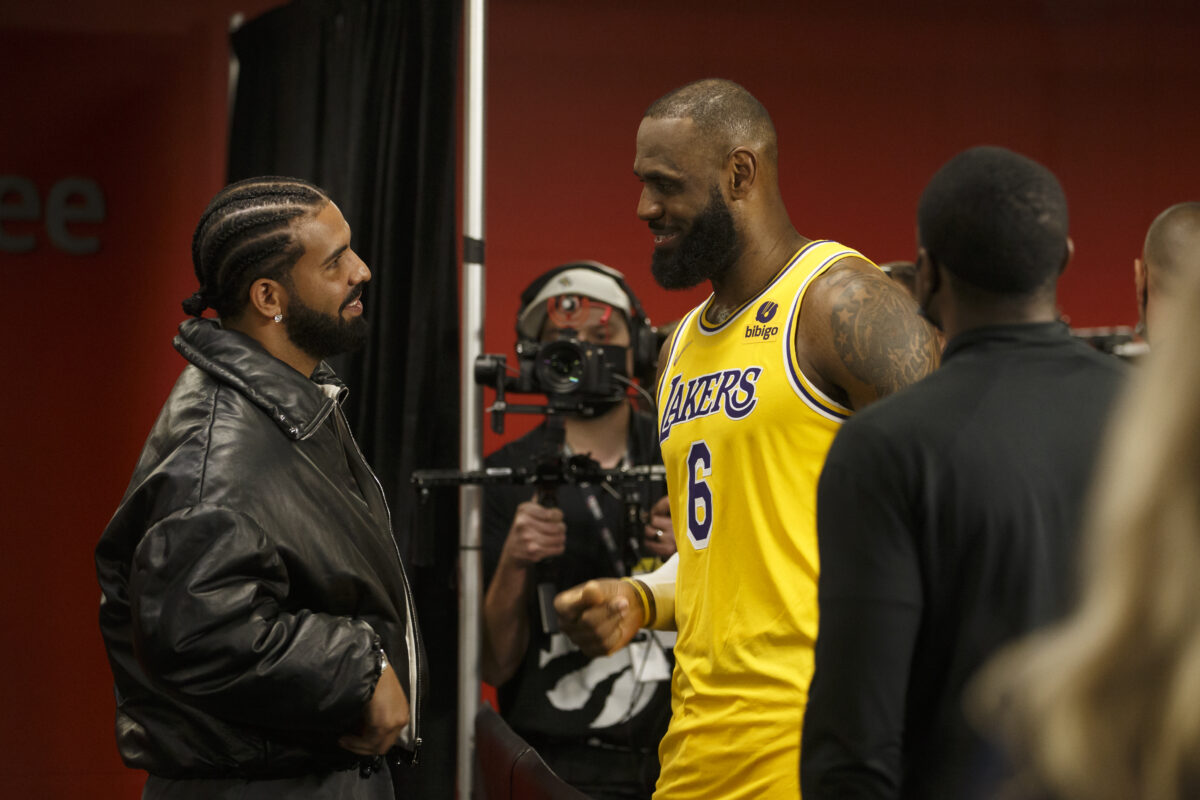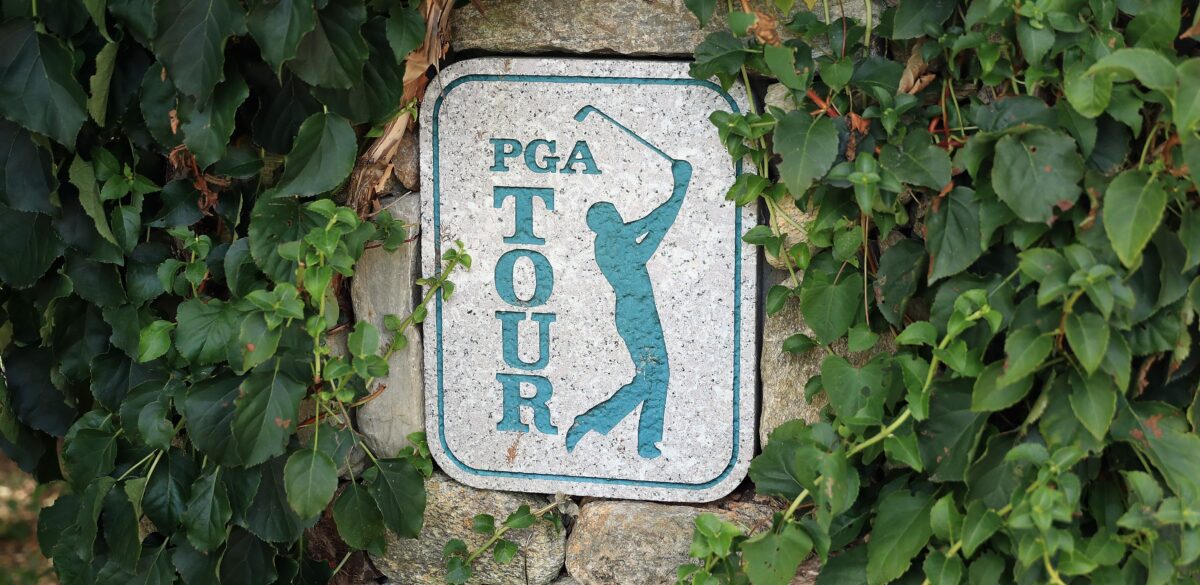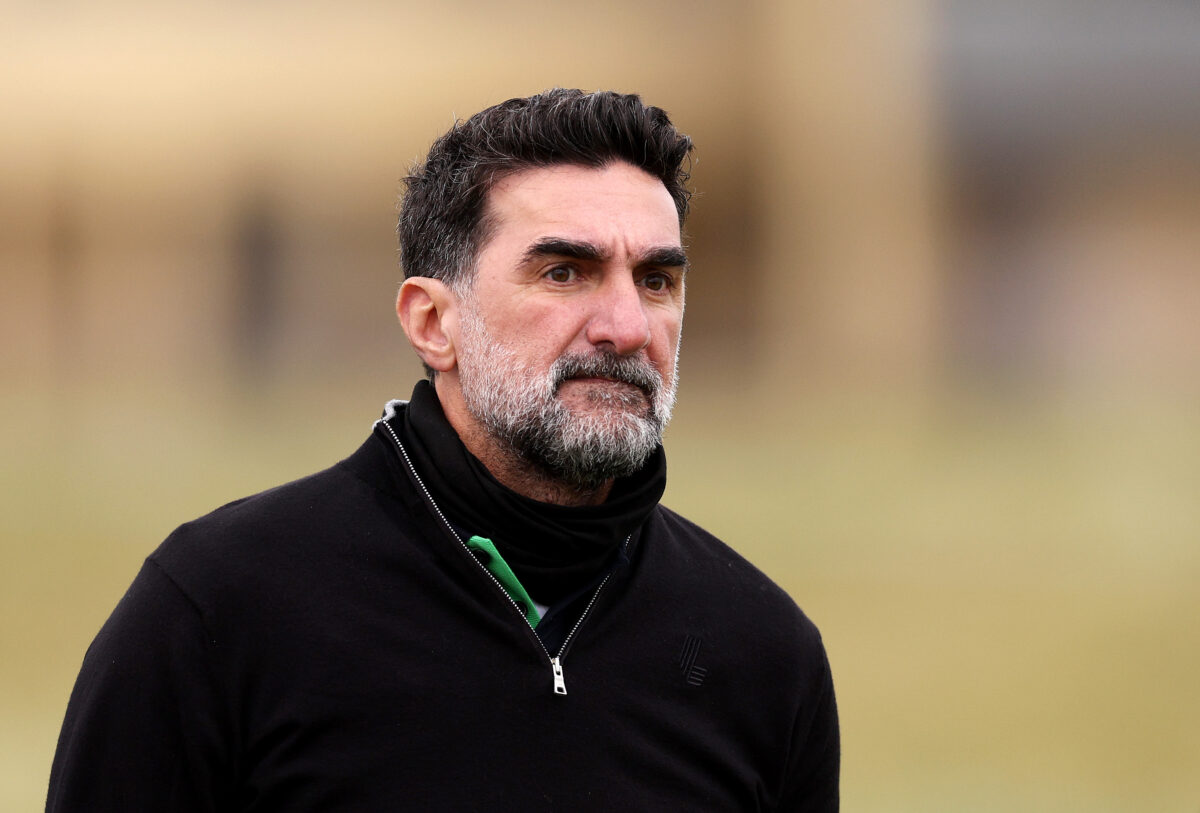Last week Golfweek was first to report a group of PGA Tour players were planning to meet with Yasir Al-Rumayyan, the head of Saudi Arabia’s Public Investment Fund, in an effort to continue towards a deal that would seemingly reunite men’s professional golf.
While the original report stated the meeting was scheduled at a private residence in Ponte Vedra Beach, Florida, following the conclusion of the Players Championship at nearby TPC Sawgrass, flight tracking data showed the meeting appeared to happen in the Bahamas. After the meeting, PGA Tour commissioner Jay Monahan sent a memo to players – first shared by Monday Q Info – to provide a brief update.
“The conversation throughout was constructive and represents an important part of our due diligence process in selecting potential investors for PGA Tour Enterprises,” Monahan said of the meeting between player directors and Al-Rumayyan. “This mirrors the approach we employed earlier this year as we evaluated an investment offer from the Strategic Sports Group.”
“During the session, Yasir had the chance to introduce himself to our Player Directors and talk through his vision, priorities and motivations for investing in professional golf,” Monahan continued. “As we continue these discussions with the PIF, we will keep you updated as much as possible, but please understand that we need to maintain our position of not conducting negotiations in public. To that end, we will provide no further comments to the media at this time.”
The message doubles down on Monahan’s comments at last week’s Players Championship and only confirms what had already been widely reported. The Tour has maintained the discussions with the PIF dating back to the June 6 framework agreement have been productive, but nine months later a deal has still yet to be reached.
During his annual State of the Tour address, Monahan confirmed he and SSG representatives met with Al-Rumayyan in Saudi Arabia in January. That same month, the SSG invested $1.5 billion into PGA Tour Enterprises, the for-profit entity that was originally supposed to include the PIF via the framework agreement.
[lawrence-auto-related count=4 category=1375]

